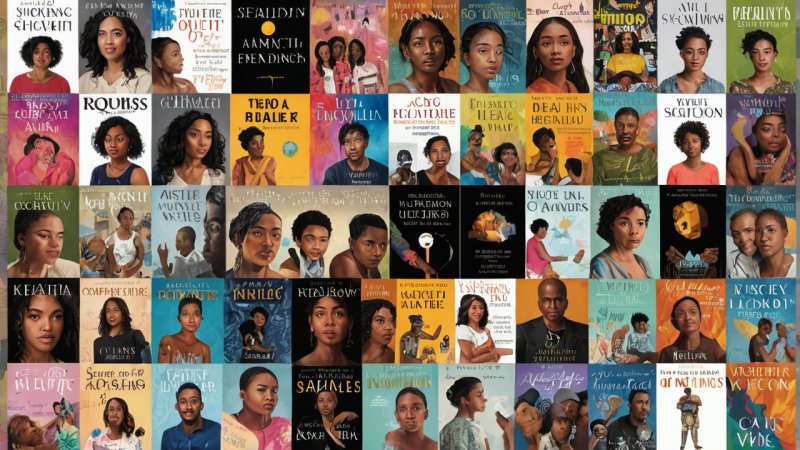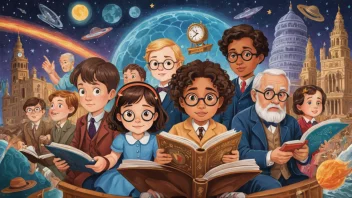Books often serve as mirrors to society, reflecting the cultural, social, and political climates of their times. Bestsellers, in particular, capture the zeitgeist, shaping and being shaped by the issues that resonate with readers. In this article, we will explore several key ways in which bestselling books reflect societal issues and trends, showcasing how literature can both influence and respond to the world around us.
1. Addressing Social Justice
Many bestselling books tackle themes of social justice, shedding light on issues such as racial inequality, gender discrimination, and economic disparity. For example, “The Hate U Give” by Angie Thomas delves into the Black Lives Matter movement and the complexities of living in two different worlds. Through the protagonist's eyes, readers gain insight into the struggles faced by marginalized communities, highlighting the ongoing fight for equality.
2. Exploring Mental Health Awareness
In recent years, there has been a significant rise in the portrayal of mental health issues in bestselling literature. Books like “The Perks of Being a Wallflower” by Stephen Chbosky and “Anxious People” by Fredrik Backman have brought much-needed attention to mental health challenges, allowing readers to see their own struggles reflected in the narratives. This trend not only raises awareness but also encourages dialogue around mental health, reducing stigma and promoting understanding.
3. Highlighting Environmental Concerns
As climate change becomes an ever-pressing issue, many bestsellers are now tackling environmental themes. Works like “The Overstory” by Richard Powers and “Flight Behavior” by Barbara Kingsolver explore humanity's relationship with nature and the consequences of neglecting the environment. These narratives serve as both cautionary tales and calls to action, urging readers to consider their impact on the planet.
4. Capturing Political Climate
Literature often serves as a commentary on the political landscape. Bestsellers like “The Handmaid’s Tale” by Margaret Atwood and “1984” by George Orwell have experienced resurgences in popularity during times of political unrest. These dystopian novels resonate with readers as they reflect fears of authoritarianism and the erosion of civil liberties, encouraging critical discussions about governance and society's values.
5. Embracing Diversity and Inclusion
The push for diversity in literature has gained momentum, with many bestsellers featuring diverse voices and perspectives. Books such as “Crying in H Mart” by Michelle Zauner and “The Vanishing Half” by Brit Bennett explore themes of identity, culture, and belonging, offering readers a chance to experience lives different from their own. This trend not only enriches the literary landscape but also fosters empathy and understanding among readers.
In summary, bestsellers serve as powerful reflections of societal issues and trends, engaging readers in discussions that matter. Whether addressing social justice, mental health, environmental concerns, political climates, or diversity, these books offer insights into our shared human experiences. As we continue to explore the literary world, it’s essential to recognize how these narratives shape and mirror the society in which we live, ultimately fostering a deeper love for reading and understanding of the complexities of life.






